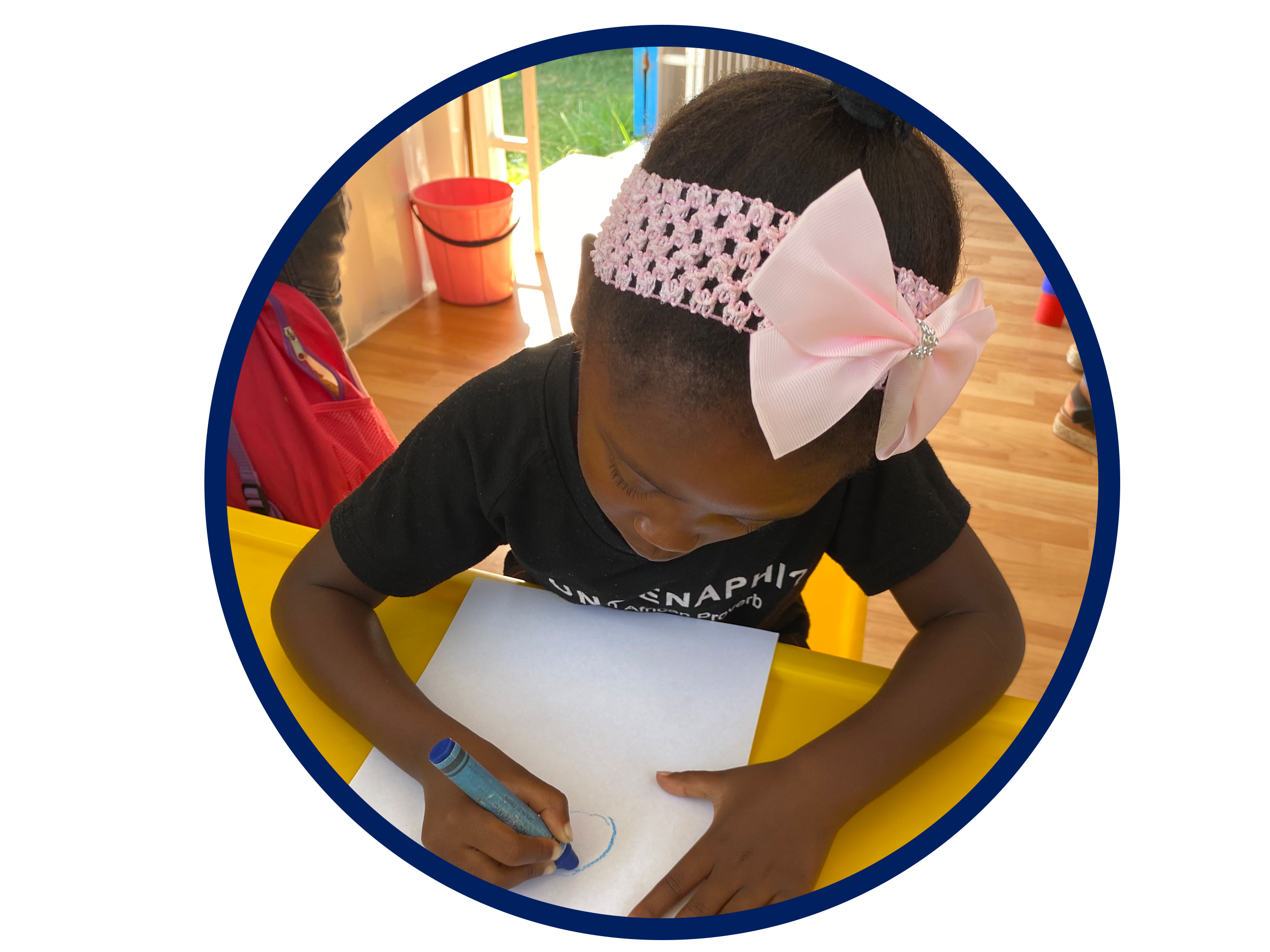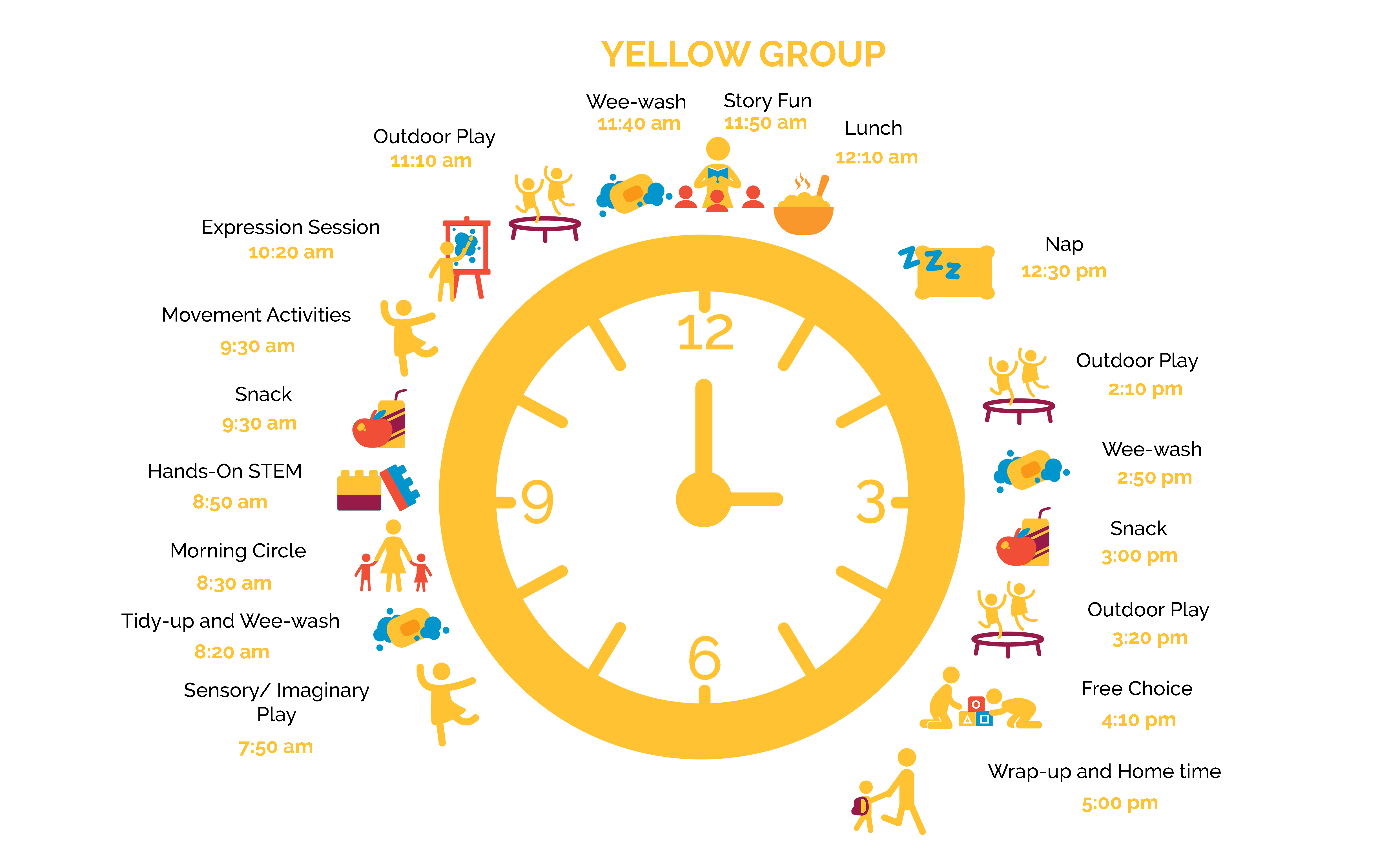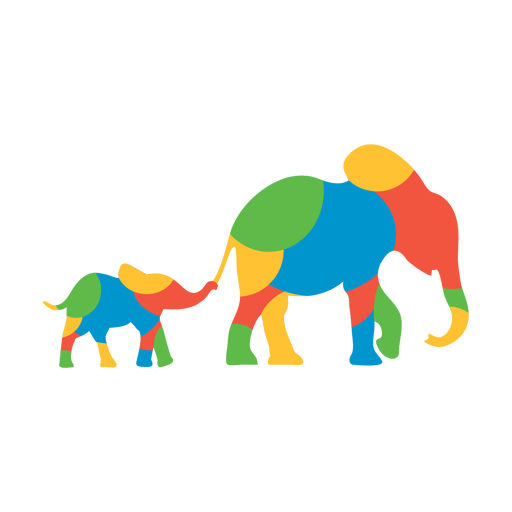
Yellow Group: Turning Three
Yellow group kiddos really get the hang of the daily routine and begin to thrive in particular elements, such as creative expression, early STEM, and emergent literacy as their particular strengths and preferences shine through.
Development and Learning Objectives for the Yellow Group:
Language, Literacy and Creative Expression
Maths and Scientific Reasoning
Physical, Social and Emotional well-being
Language, literacy and creative expression
Creative Expression
1. Engages in music, art and dramatic play
a. Sings along and copies actions during songs
b. Independently makes rhythmic / melodic sounds using found objects and musical instruments
c. Dresses up as / pretends plays in the role of real and fictional characters
d. Uses art materials (such as crayons, paint, play dough etc.) to create representations of real/imagined objects, people, scenes.
e. Mimics dance moves of others
Oral Language Development
2. Receptive and expressive vocabulary development
h. Learns 3 or more new words per week
j. Uses new vocabulary words in correct context in phrases/sentences
3. Coherent expression of personal ideas, thoughts, and feelings
e. Strings 3-5 words together to form phrases which make sense and are relevant
Emergent Literacy
4. Response to text
a. Role-plays parts of a story or scenario with teacher input
b. Is able to describe events in a story and place them in sequence
5. Phonological Awareness
a. Chants rhymes emphasize rhyming words and/or pronounces tongue twisters or sentences with alliteration correctly.
b. Identifies a sound within a word
c. Compares word lengths
6. phoneme-grapheme correspondence
a. Identifies onset sound and letter link for own name
b. Associates sounds with a particular action (e.g. ssslithery snake movement, tongue tttttapper, lip pppopppper)
Emergent Writing
7. Print awareness/concepts
a. Discriminates between text and illustrations
b. Names parts of a book (front cover, title, author, blurb)
8. Tracing, transcription, and writing
a. Scribbles letter-like symbolic representations, imitating the writing process; traces letter shapes in the air
Maths and Scientific Reasoning
Quantitative Concepts
9. Estimation
a. Engages in perceptual subitizing up to 3
10. Verbal and object counting
d. Keeps one-to-one correspondence between counting words and objects (can answer a “how many?” question up to 10).
e. Keeps one-to-one correspondence between counting words and objects (can answer a “how many?” question up to 20)
11. Numeral recognition, depiction and quantity correspondence
a. Numeral (Arabic) recognition up to 10.
b. Numeral depiction up to 10
12. Relative magnitude and Measurement
a. Indicates relative size of two objects (bigger/smaller)
b. Indicates relative height of two people/objects (taller/shorter)
Geometry and Spatial Relationships
13. Shape recognition and manipulation
a. Identifies triangles, squares, circles, rectangles, and ovals
b. Identifies kites, semi-circles, pentagons, hexagons and parallelogram
c. Manipulates shapes to form composite pictures such as houses, cars, people and animals
14. Position, Directions and Time
b. Demonstrates an understanding of ‘in front of’, ‘behind’, ‘next to/beside’
c. Understands the notion of ‘the past’ and can differentiate between events that happened yesterday vs. today
d. Understands notion of ‘the future’ and can differentiate between events that happened today vs. tomorrow
e. Differentiates between, ‘first’, ‘second’, ‘third’, ‘at the front’, ‘in the middle’, ‘at the end’ of a row of items
Reasoning
15. Classification
b. Groups objects based on more complex and independently observed characteristics (e.g. number of sides)
c. Identifies and continues a-b-a-b style patterns
16. Planning
b. Routinely describes action plan prior to and during morning free choice activities
c. Explains reasons for changes in plan during morning free choice activities or reflection during morning circle
17. Hypothesis Formation
a. Takes time to look at, touch, and explore objects and happenings around him/her
b. Asks questions about observed objects and happenings (phenomena)
c. Comes up with ideas for the possible causes of observed phenomena with prompting/support
pHysical and social emotional wellbeing
Social Emotional Development
18. Self-regulation
a. Practices sharing and cooperates with peers during group activities
b. Identifies the feelings of others and possible sources
c. Describes emotional and other consequences of negative behaviors
d. Describes motivation behind own actions
19. Response to expectations
b. Listens to and follows reasonable direct requests from teacher
c. Is aware of (i.e. can describe) classroom routines and behavioral norms
d. Willingly participates in classroom routines and generally adheres to classroom behavioral norms, with occasional reminders from teacher
20. The positive sense of self and cultural identity
a. Describes personal preferences (what do you like?)
b. Describes personal attributes and strengths (what are you good at?)
21. Persistence in the face of challenges
a. Displays willingness to attempt new tasks with support/prompting (doesn’t always return to the same toy/game)
b. Engages in tasks above comfort level without prompting and seeks support when necessary
c. Seeks out new and challenging tasks and independently tries and number of approaches toward challenges before seeking support
Response to expectations
a. Pays attention and copies/mimics basic actions
b. Listens to and follows reasonable direct requests from teacher
20. The positive sense of self and cultural identity
21. Persistence in the face of challenges
a. Displays willingness to attempt new tasks with support/prompting (doesn’t always return to the same toy/game)
Physical Development
22. Gross motor coordination
a. Throws a bean bag/ball towards intended target
b. Catches a bean bag/ball two-handed
c. Kicks a ball towards intended target
d. Catches a bean bag/ball one-handed
e. Hops or balances on one-foot
f. Runs for at least 20 meters
23. Fine motor coordination
a. Threads shoelaces through punch holes
b. Navigates touchscreen of a tablet with swipes and taps
c. Holds crayons or paintbrushes to draw or paint effectively
d. Uses scissors to cut simple paper shapes
e. Holds pencil with a three-point grip to write letter-like lines and shapes
f. Ties shoelaces independently
Yellow Group Daily Routine

